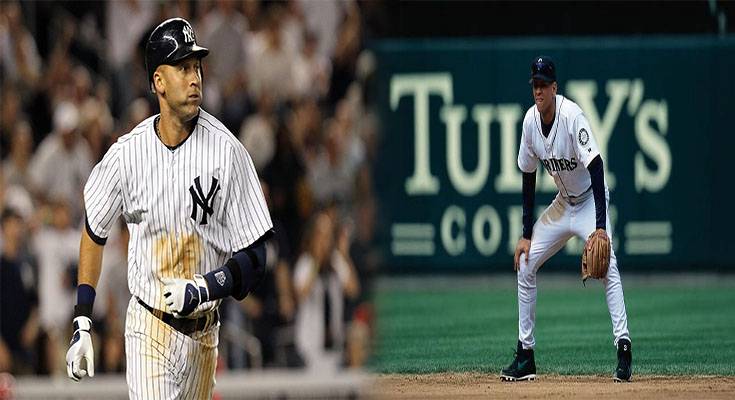Baseball Jersey Style: Tracking the Evolution of Sleeve Length Trends
As with any sport, baseball uniforms have evolved significantly over time. While the overall design and materials of a baseball jersey have seen changes, one intriguing aspect to explore is the sleeve length. In this article, we will delve into the historical and current trends of sleeve length in baseball jerseys.
The Early Days: Full-Length Sleeves
Looking back at the early days of baseball, players wore jerseys with full-length sleeves that covered their entire arms. These jerseys, made from heavy wool, were not only functional in keeping players warm but also provided extra protection from the elements.
The Rise of the Short Sleeves
In the mid-20th century, baseball jerseys began to see a transition towards shorter sleeves. The advent of new synthetic materials allowed for lighter and more breathable jerseys, and players started to opt for improved mobility and comfort on the field. Shorter sleeves became the norm, reaching just …
Baseball Jersey Style: Tracking the Evolution of Sleeve Length Trends READ MORE

